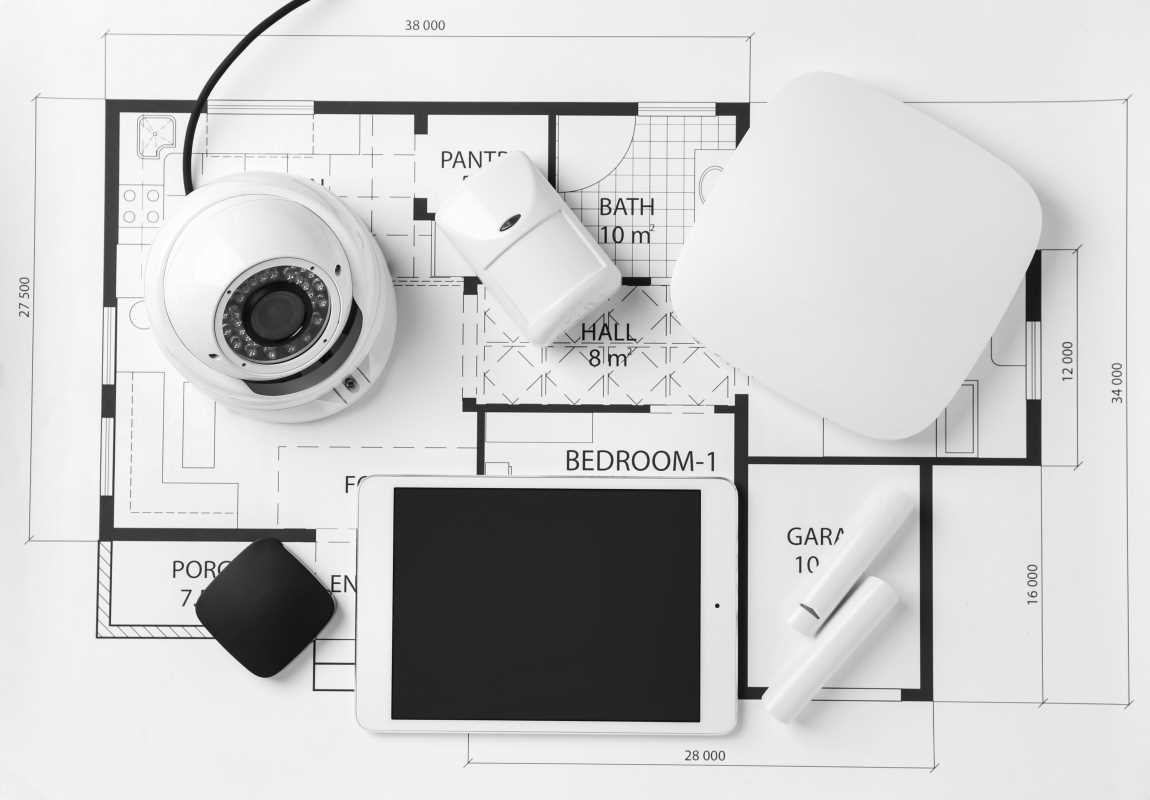Buying your first home is an exciting step, but there’s plenty to learn to keep everything running smoothly. Whether you’re dealing with minor leaks or planning for seasonal changes, it helps to have a few core maintenance skills under your belt. A little effort now can save you a lot of trouble down the road, and it’s also a great way to feel more at ease in your own place.
Basic Tools for the Job
Having a solid toolkit makes a big difference when things go wrong. You don’t need a workshop full of gear, but certain essentials can handle most home fixes. A good hammer, a couple of screwdrivers (flathead and Phillips), a pair of adjustable pliers, and a tape measure are great starters. It’s also worth investing in a decent level for hanging shelves or pictures straight. Quality tools usually hold up better over time and don’t break as easily, which is helpful when an urgent repair pops up.
A cordless drill is another lifesaver for tasks like drilling holes or tightening screws. Even if you’re not a power-tool expert, a simple drill can make quick work of projects that would be tedious by hand. Storing all your gear in one place—a small toolbox or a sturdy bag—keeps you from rummaging around when something needs fixing right away.
Learning Your Home’s Key Systems
Knowing where your main water shut-off valve and electrical panel are located is crucial. If a pipe bursts, quickly turning off the water can prevent major flooding. Similarly, familiarizing yourself with your circuit breakers helps you stay calm when the lights go out. Take a moment to test each switch so you know which breaker controls which area of the house.
Keeping a mini home log can also be useful. Jot down when you replaced your air filter or the date you last flushed your water heater. Over time, you’ll see patterns, like how often you need to swap filters or perform small tweaks. This habit takes only a minute or two each month but pays off by helping you catch potential issues early.
Quick DIY Fixes
Small repairs can feel scary if you’ve never done them before, but they’re less intimidating when broken down into simple steps.
- Unclogging a Drain
- Remove any visible gunk or hair from the drain cover.
- Use a plunger to create suction and dislodge the blockage.
- Flush with hot water afterward to clear out remaining debris.
- Patching a Small Hole in the Wall
- Sand around the hole to smooth out rough edges.
- Apply spackle with a putty knife, let it dry, then sand lightly.
- Paint over the patch so it matches the rest of the wall.
Tasks like these can be tackled on a weekend afternoon and cost only a few dollars in materials. They might take a little practice at first, but you’ll soon feel more confident in handling basic household hiccups.
Seasonal Maintenance Routines
It’s smart to schedule regular checkups on your home’s key components. Small efforts each season can help prevent big headaches down the line.
- Spring: Clear gutters, check the roof for missing shingles, and clean windows.
- Summer: Test air conditioning systems, clean ceiling fans, and trim landscaping around the house.
- Fall: Inspect weather stripping on doors and windows, clean out gutters again, and service the furnace.
- Winter: Keep an eye on pipes during freezing temperatures, and routinely check smoke detectors.
Safety Essentials
Home maintenance isn’t only about tools and repairs—it also involves keeping yourself and others safe. Steady ladders, protective eyewear, and sturdy gloves can prevent injuries when tackling everyday tasks. It’s good to be cautious about anything involving electricity or sharp tools, too. Turn off power at the circuit breaker before tinkering with outlets, and never hesitate to ask for help if a job feels out of your comfort zone.
Fire safety equipment is also essential. A small fire extinguisher in the kitchen can make a big difference, and installing carbon monoxide detectors in key areas is wise if you have any gas appliances. Double-check that your home’s smoke detectors work properly by testing them monthly, and replace the batteries on a regular schedule.
When to Call in a Pro
Some jobs are best left to experienced contractors or licensed professionals. Complex electrical repairs or major plumbing work can escalate quickly if something goes wrong. Attempting complicated fixes without the right know-how might cause more damage and ultimately cost you more to repair.
Determining when to bring in an expert often comes down to safety and the potential impact of a mistake. If you’re staring at a fuse box you don’t understand or a major leak you can’t pinpoint, there’s no shame in seeking professional help.
Regular home maintenance can feel like a chore, but it’s a big part of making your house truly yours. Start small, get the right tools, and keep track of your progress. Each project you conquer will give you the confidence to tackle the next challenge. Good luck, and enjoy turning your place into a home that reflects your style and peace of mind.
.jpg)






